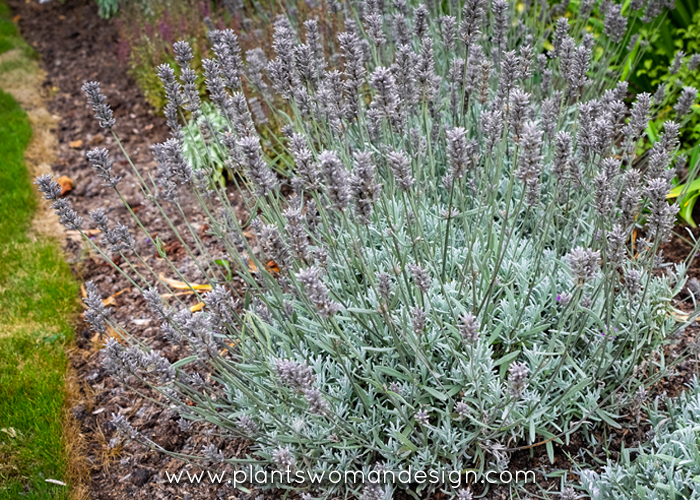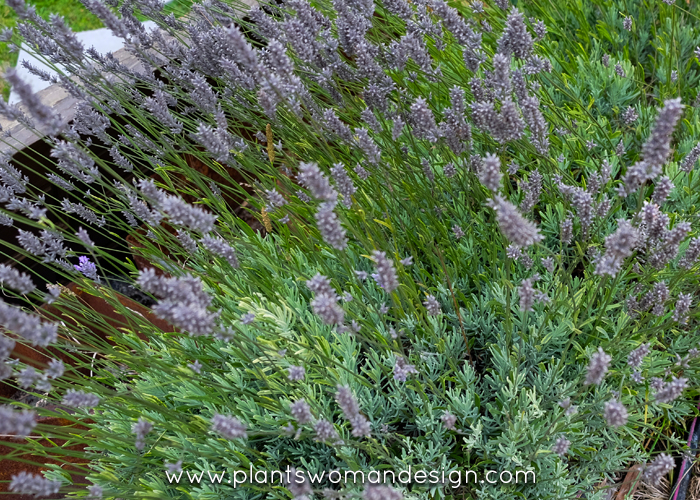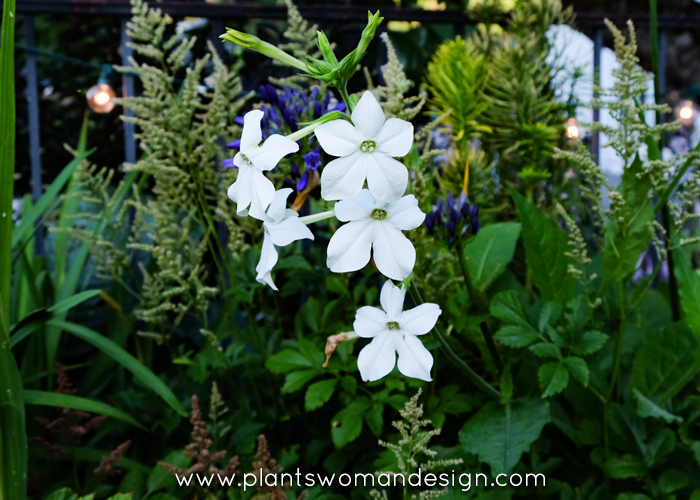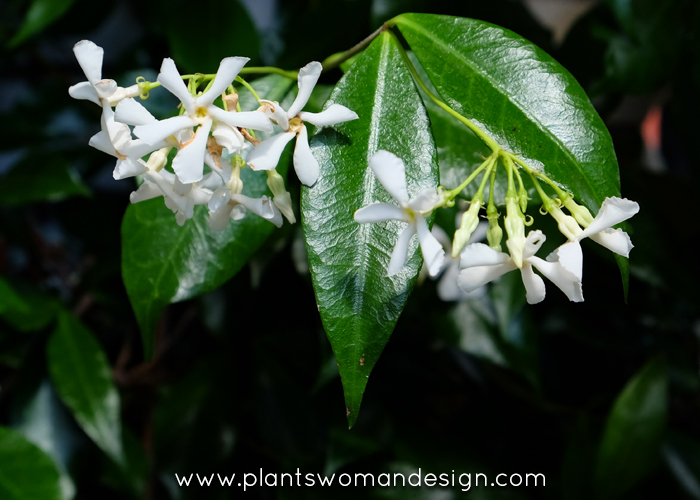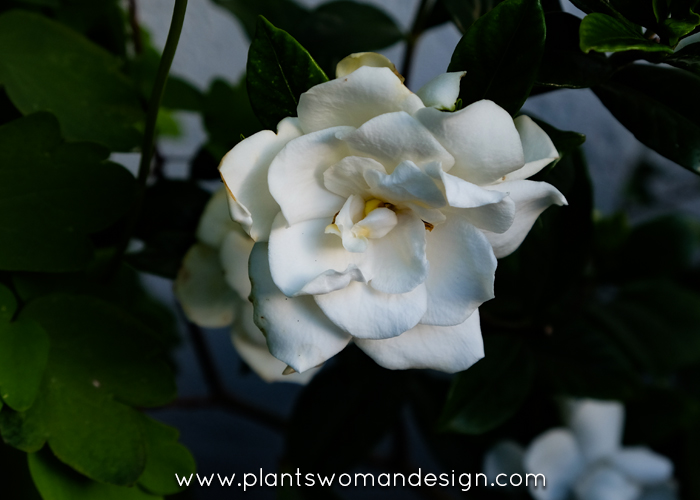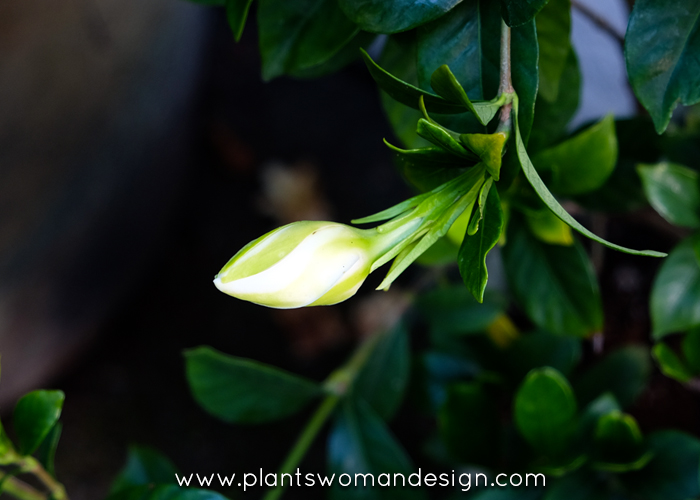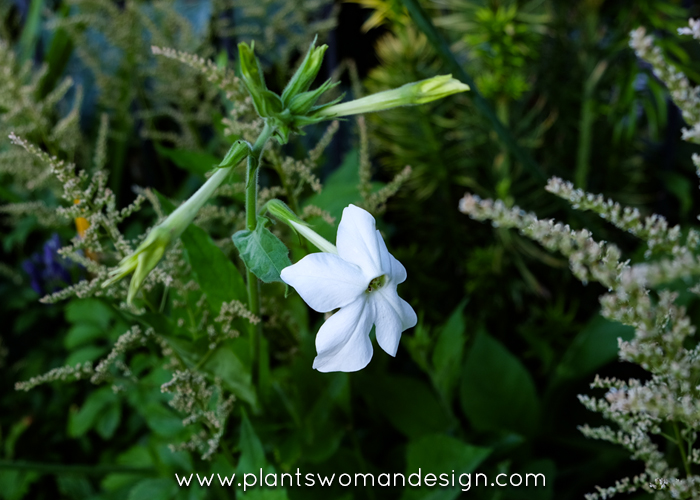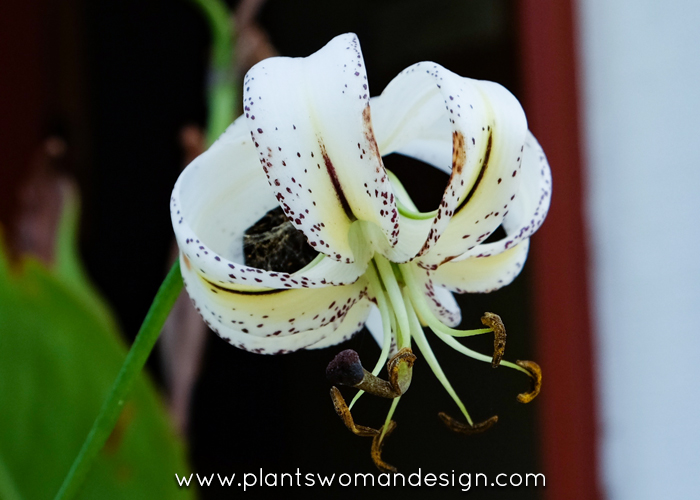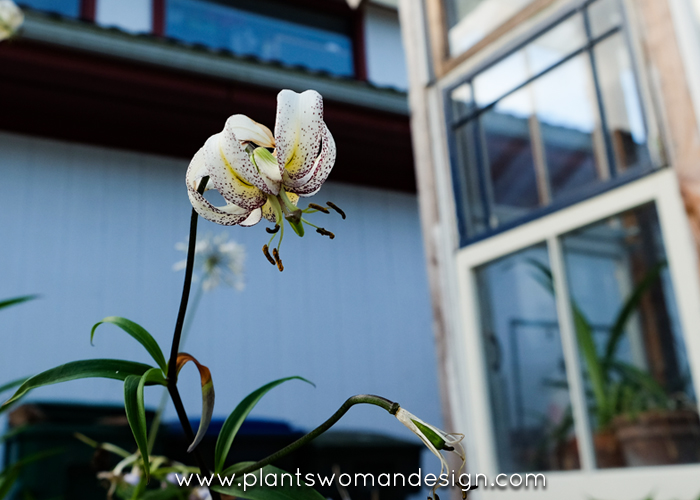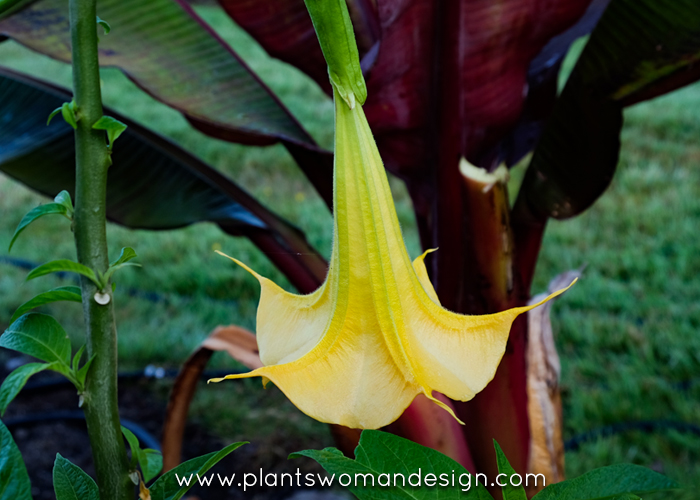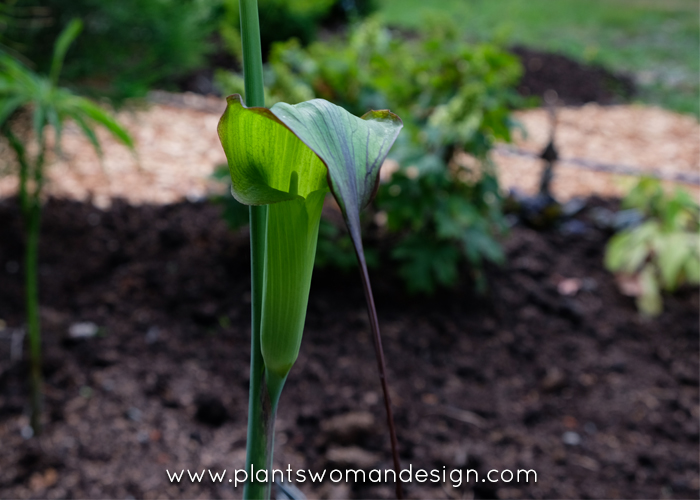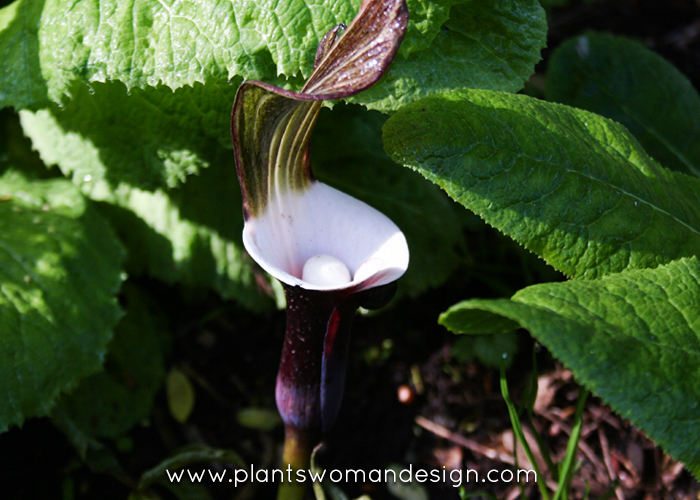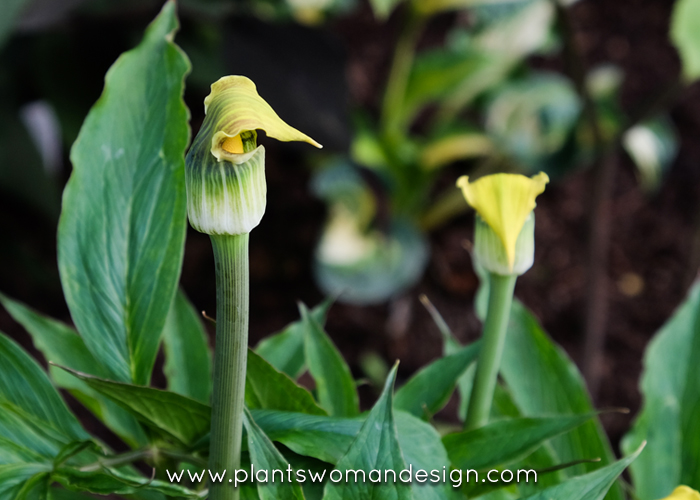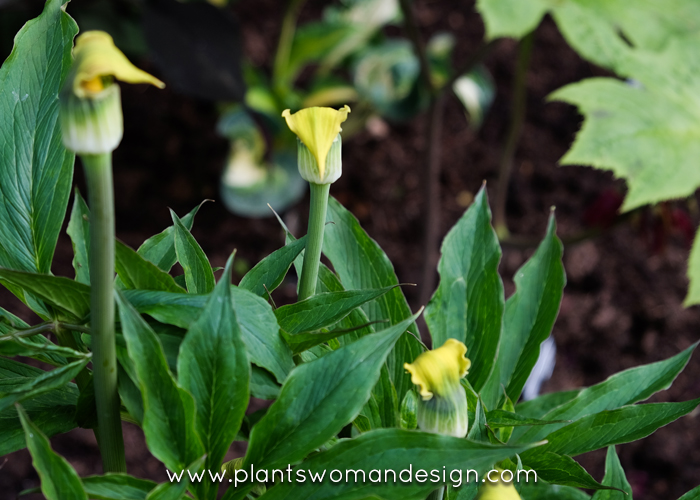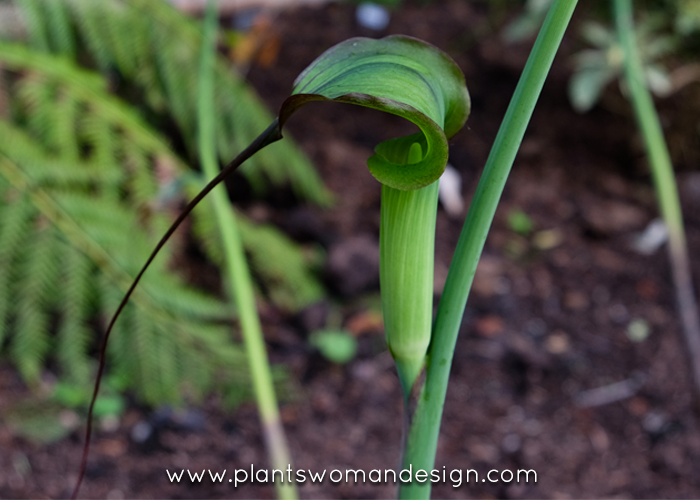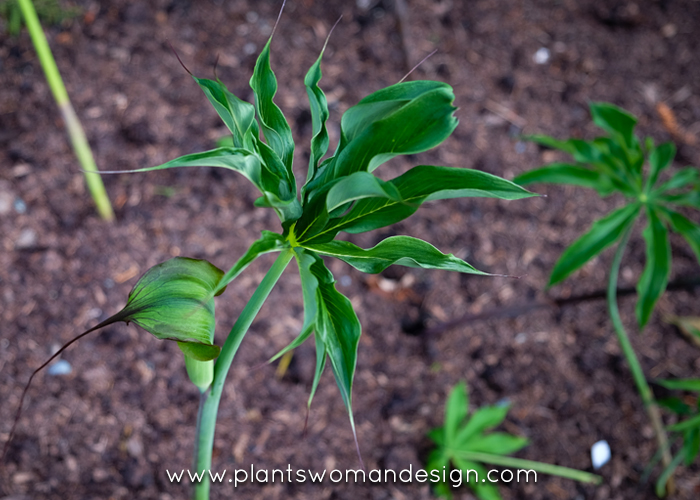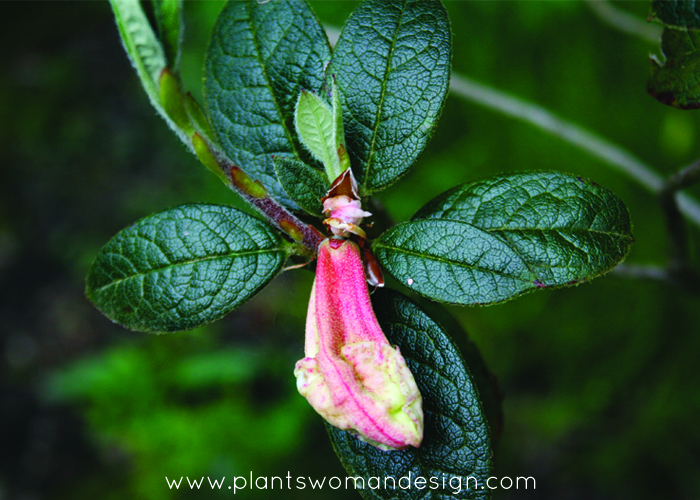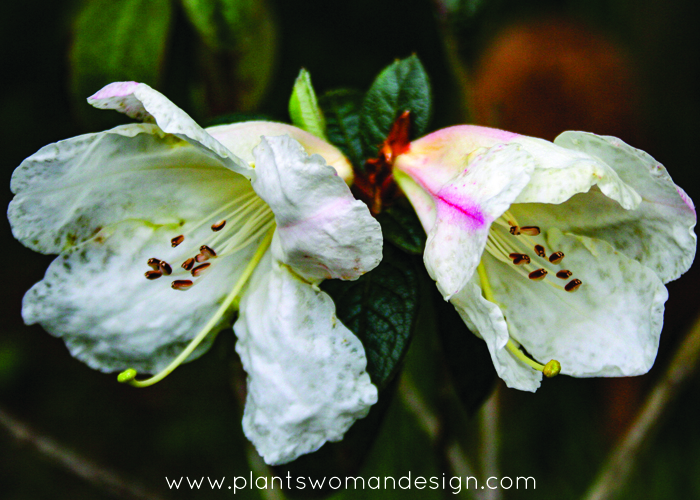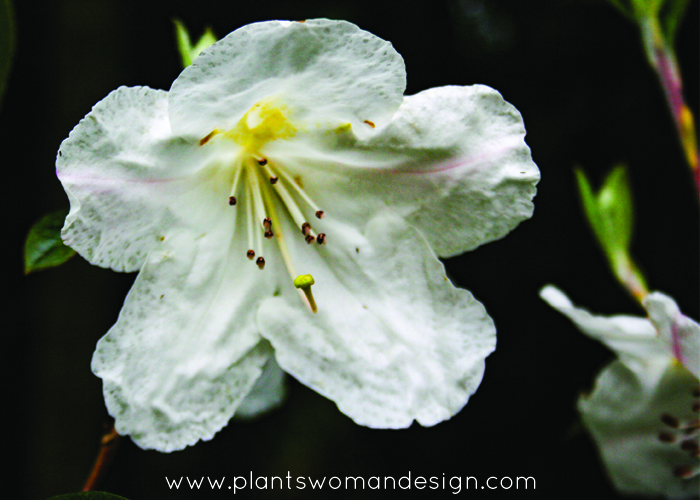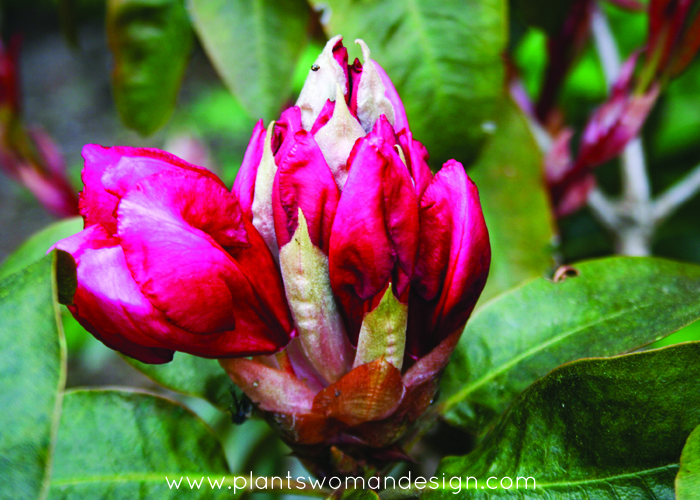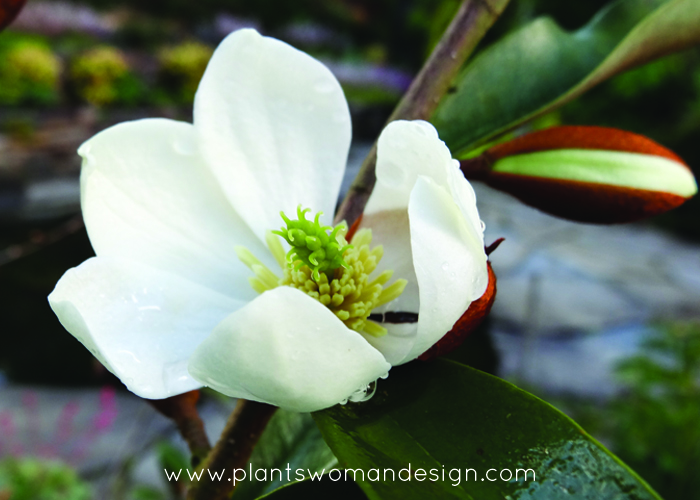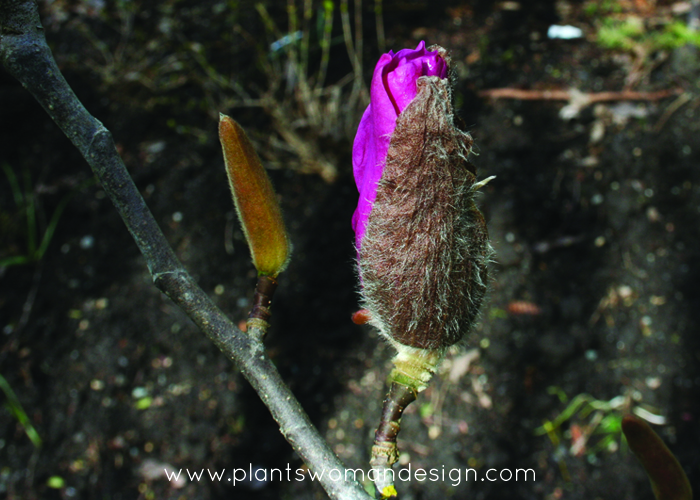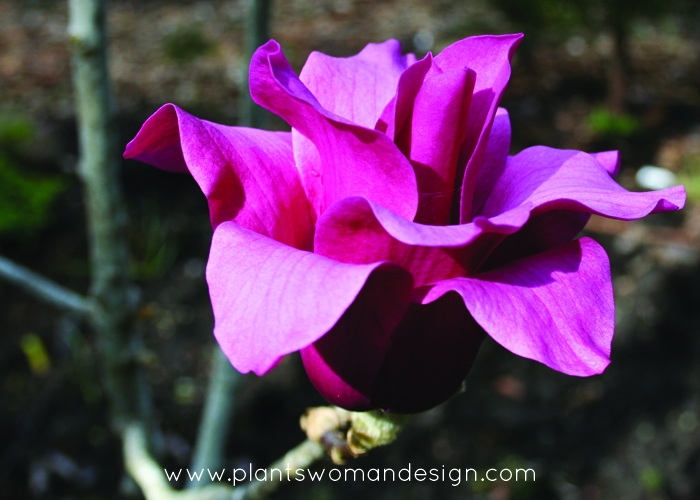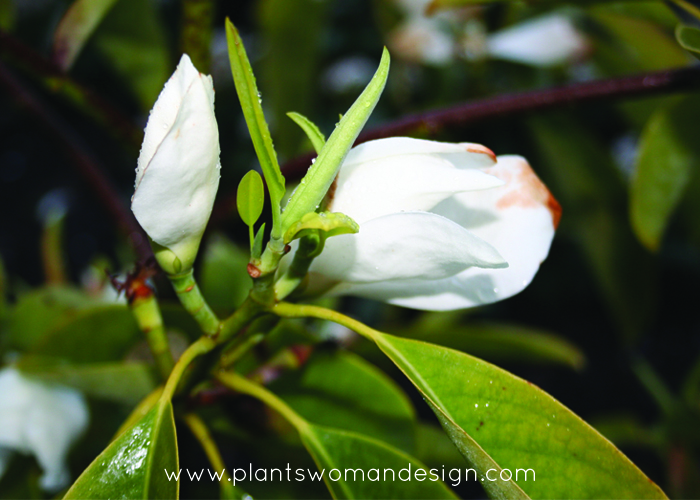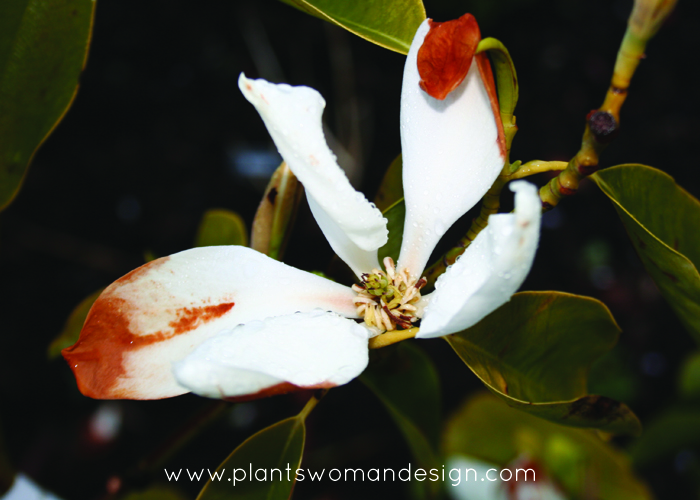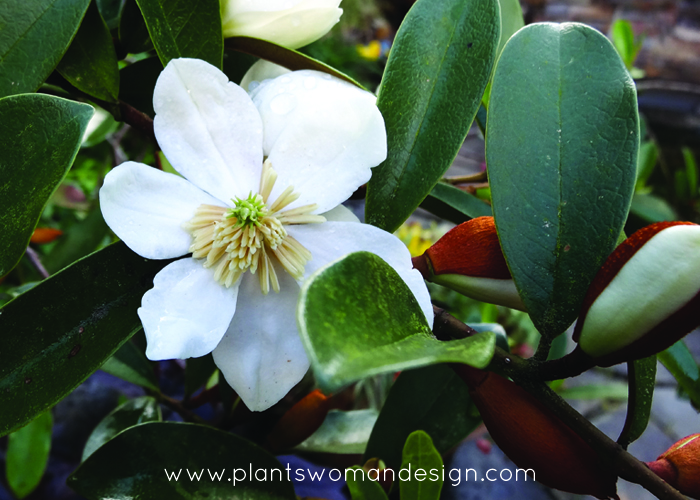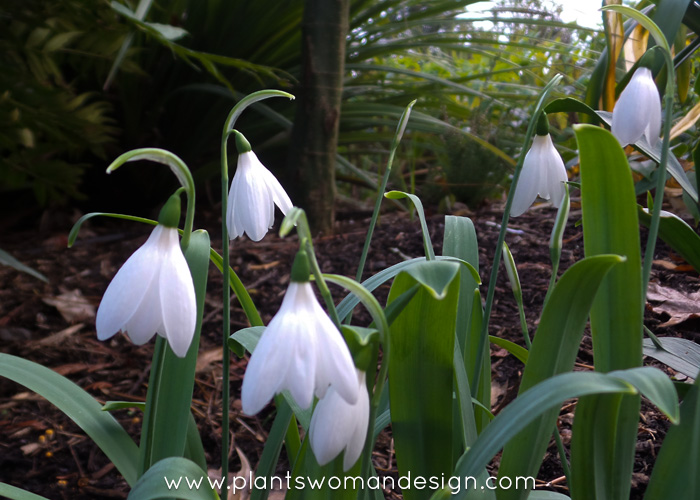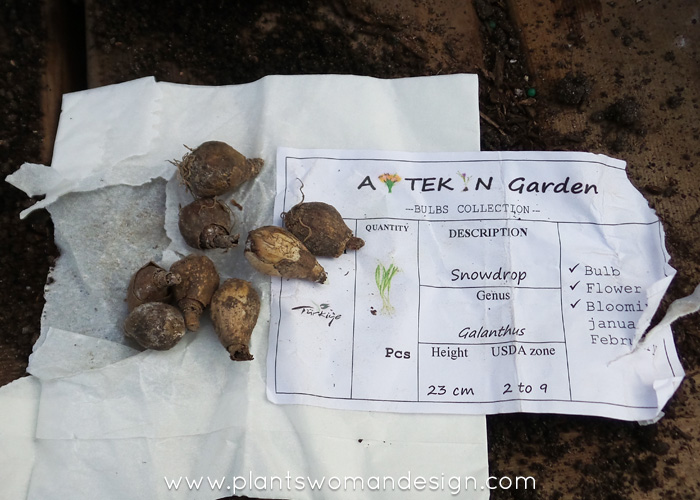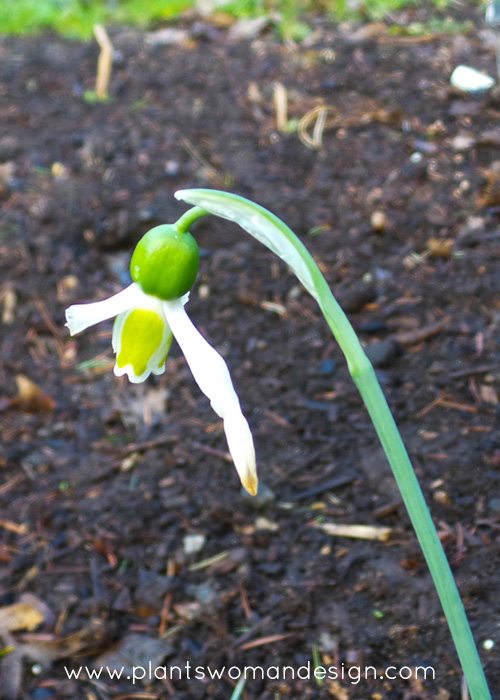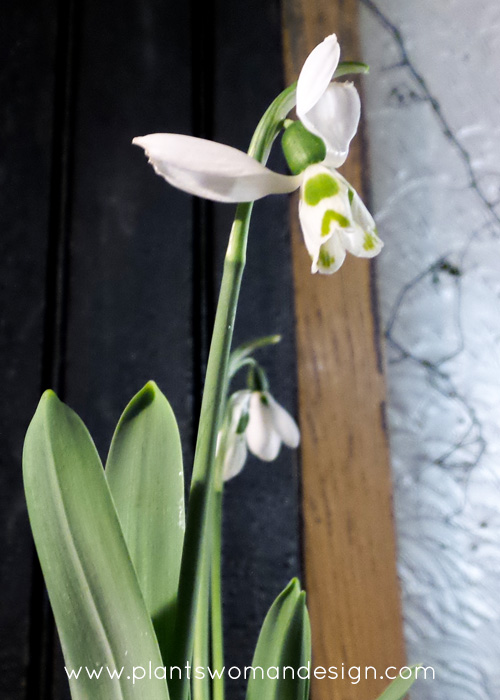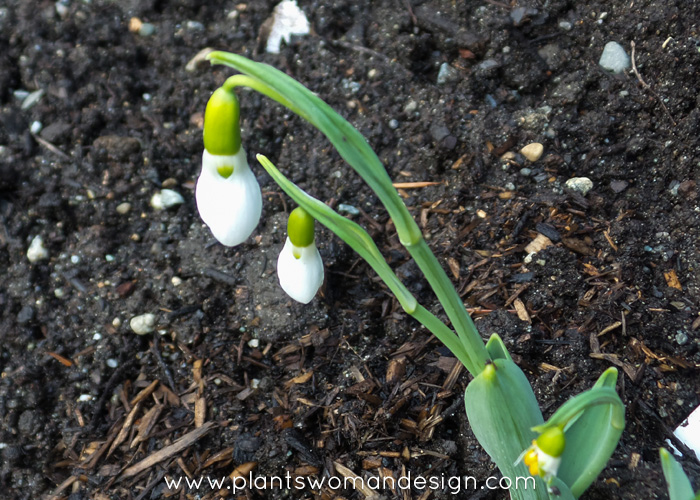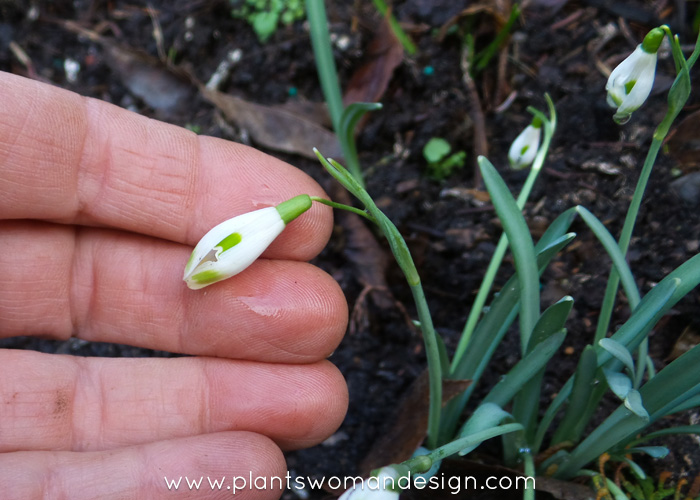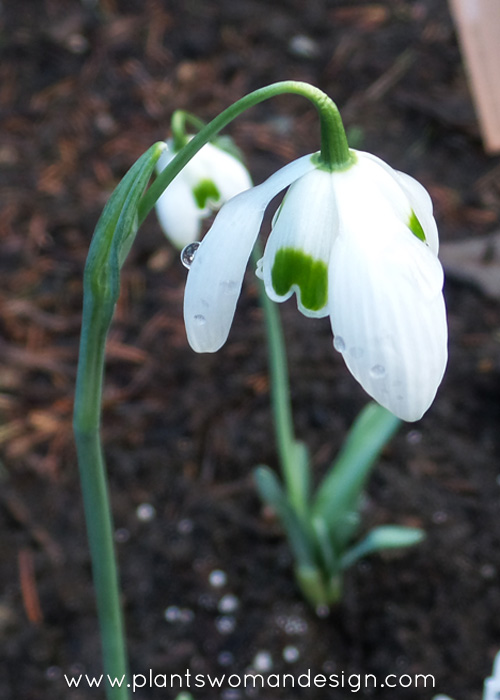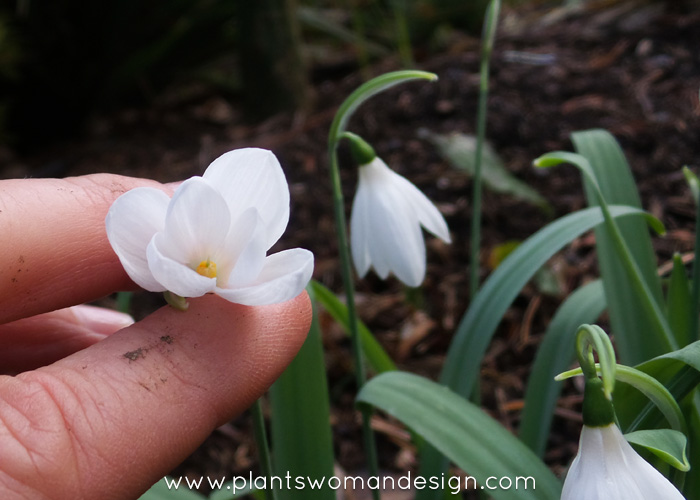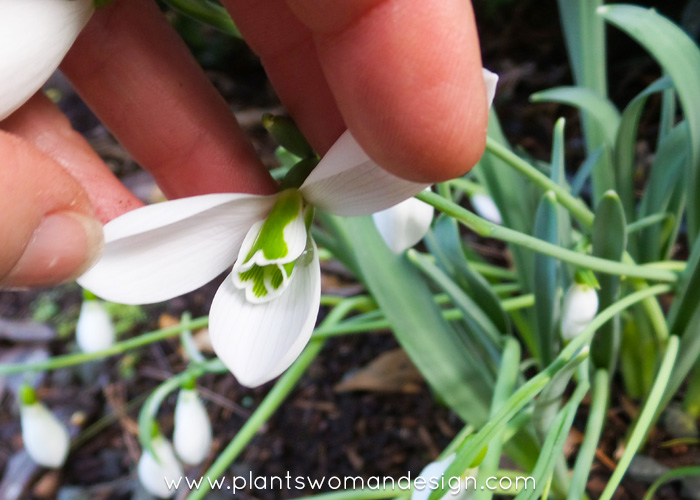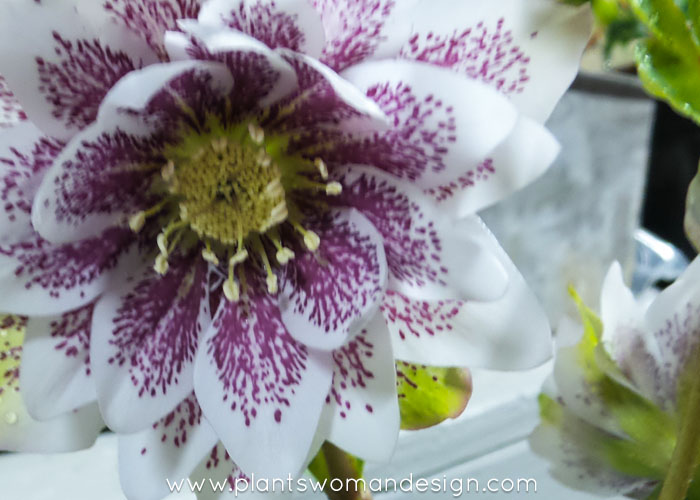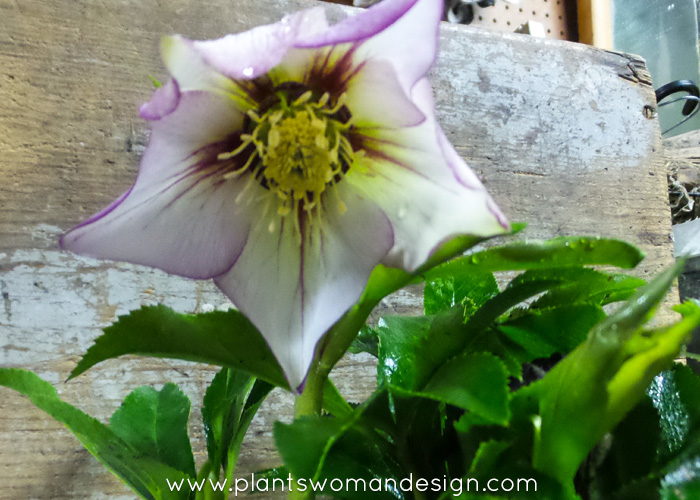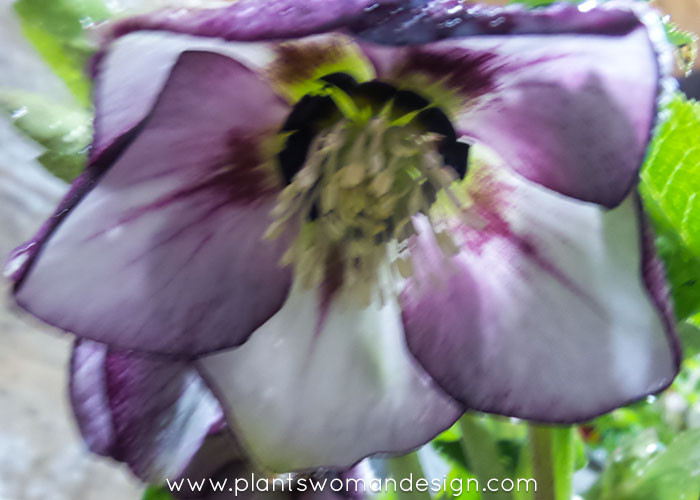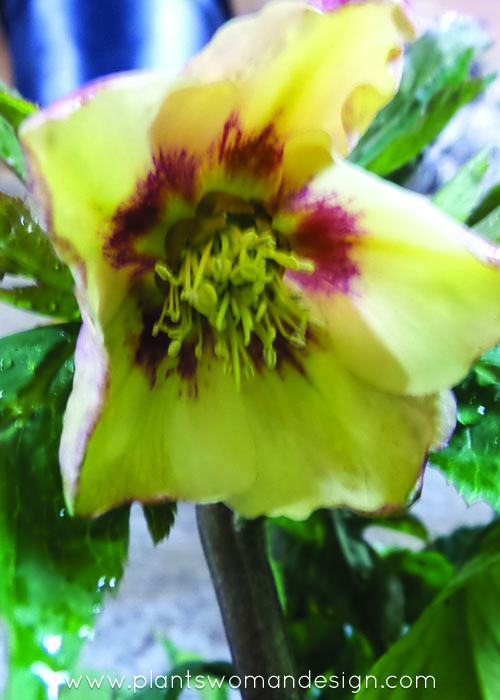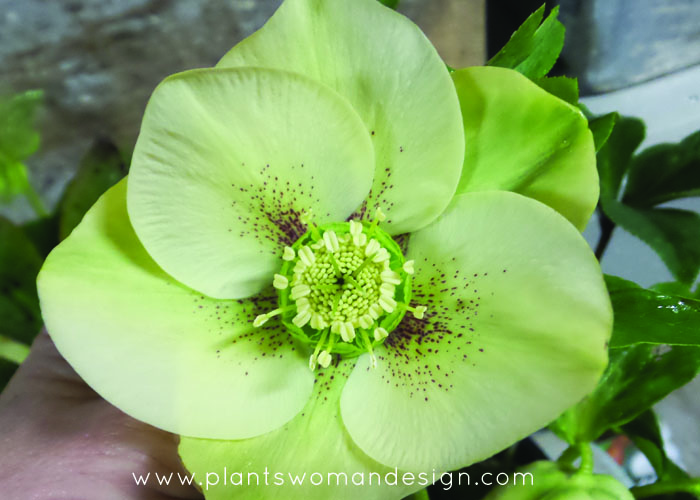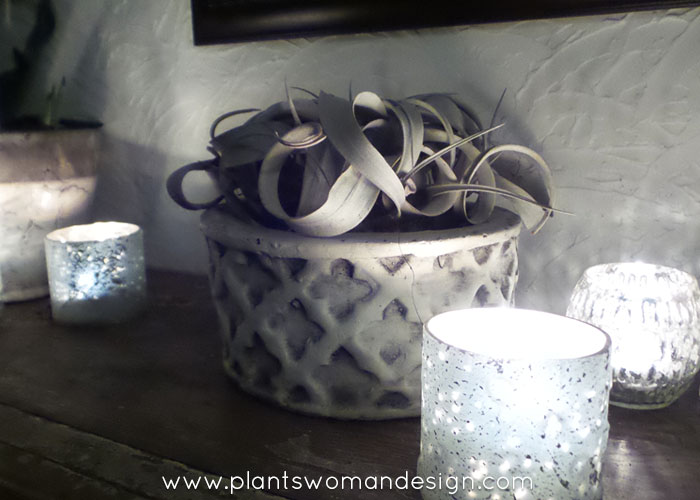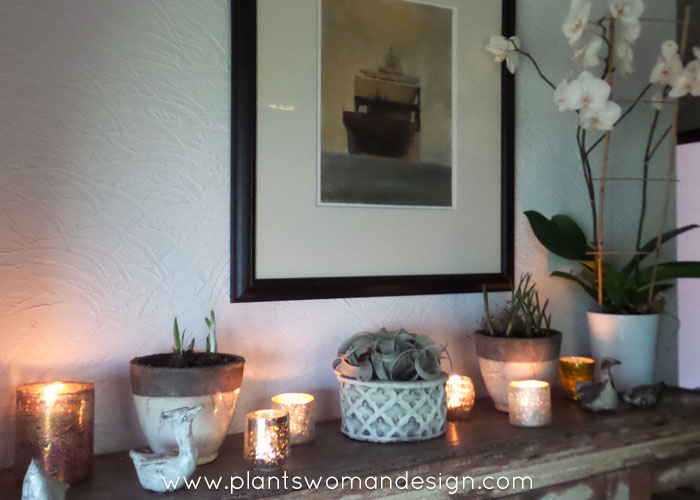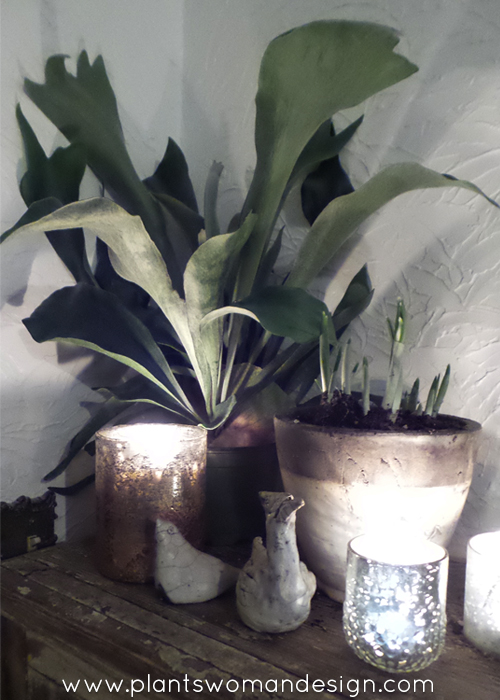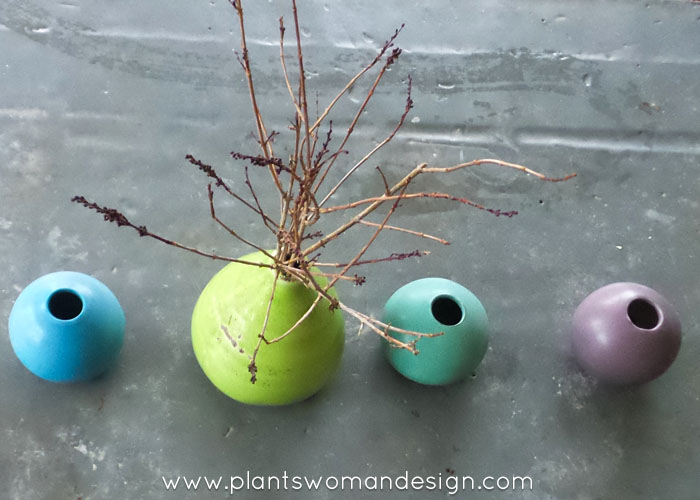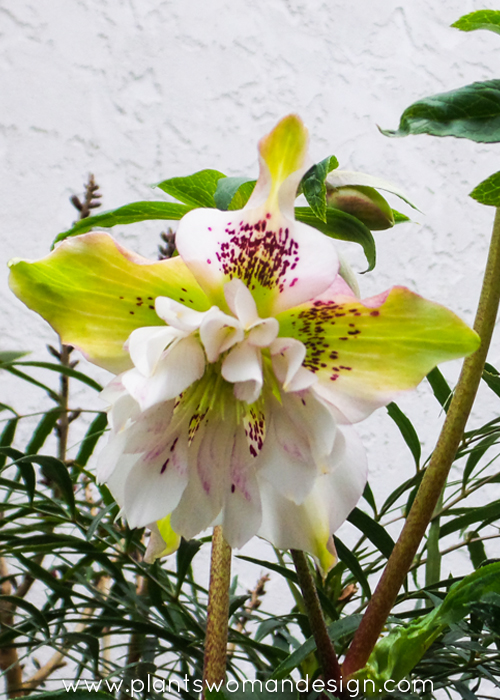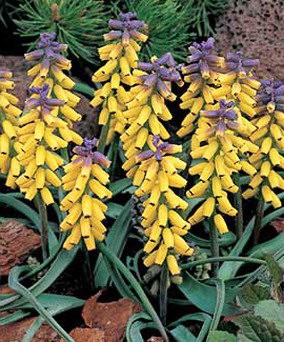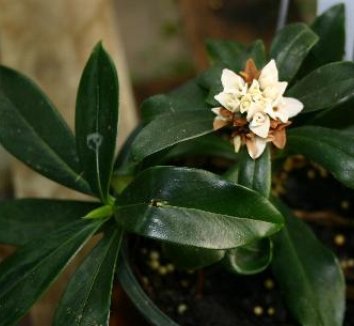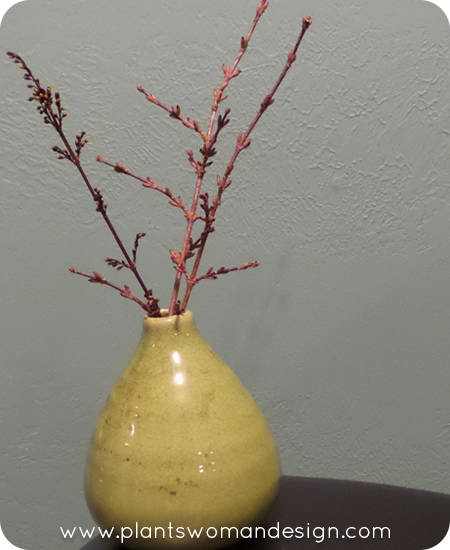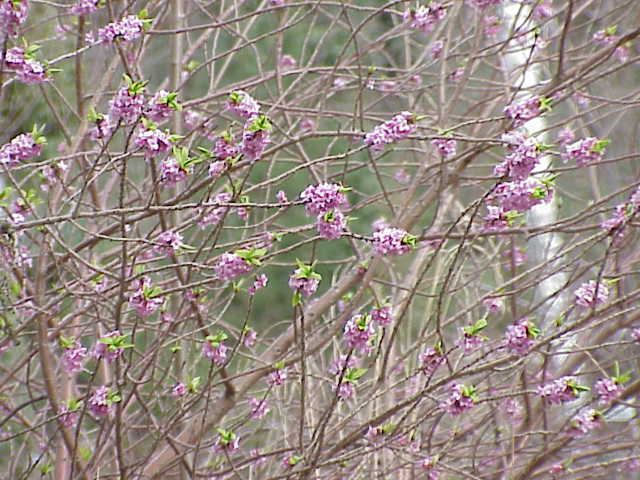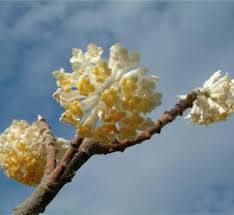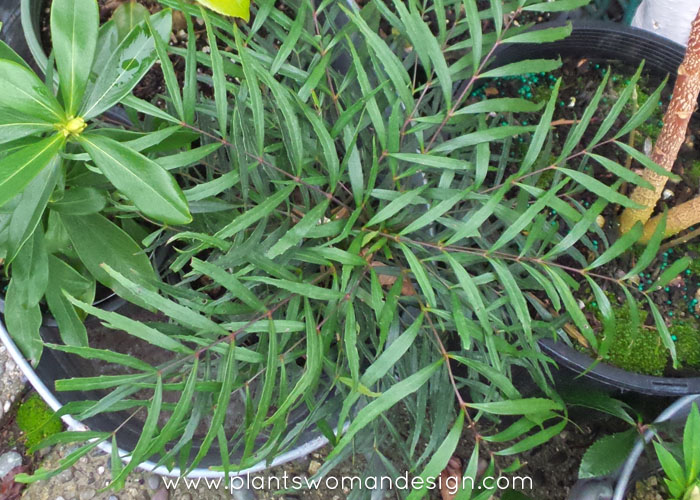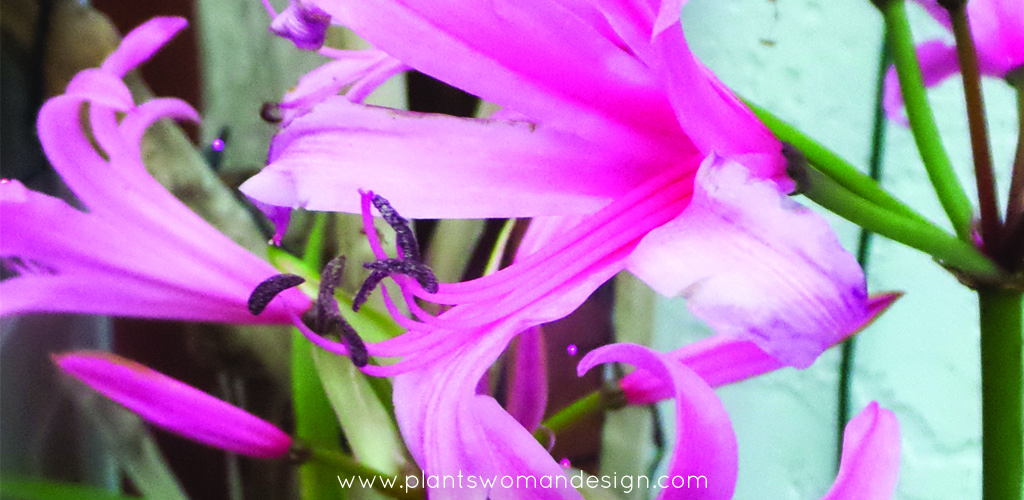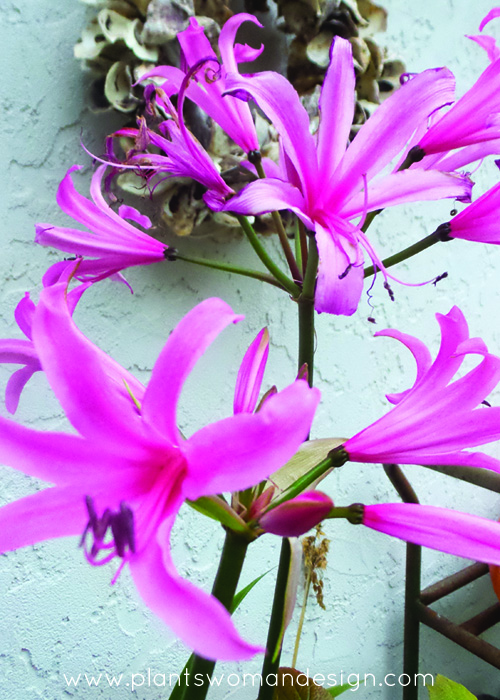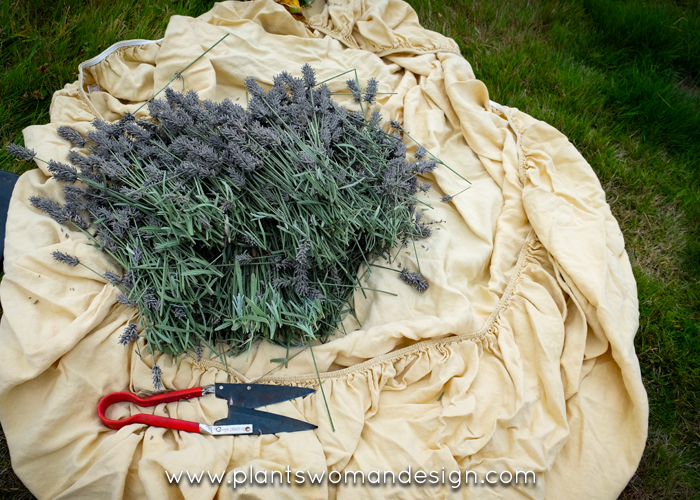
Am I behind?
Sometimes you keep waiting for a moment to cut back, weed, move, etc. Then all the sudden it is too late. What to do? Should I just leave it or should I cut it back and just deal with the consequences? It is always a dilemma in gardening.
This year it has been the Lavender. It has needed to be cut back. Don’t get me wrong, it was pretty with bees everywhere, looking pretty good but just like a good haircut one day you wake up and it needs cut. This week was the time however, lavender can die if cut back too severely at this time of year. A Mediterranean plant like lavender needs to have a good root system, dry soil and the chance to go dormant before a wet winter hits. If they are pruned back too hard they will start to push out new growth extending their growth period while delaying their dormancy. Usually lavender should be cut back after the first full flowering, about end of June/July. If you keep the plant trimmed back tightly each year they will reward you with good shape, good flowers and a hardy long lived plant. If you don’t keep it cut back it can get woody, separate, and break off. Bad pruning will eventually cause your lavender to be ugly and short lived.
You can see this lavender has been tidy in the past. This time of year I only prune off the flowers and the top layer foliage. This is not the time to cut into the wood of the plant. I love saving the flowers to dry and use through out my home while the rest of the foliage and stems are tossed into the compost. The benches in the greenhouse are perfect for drying out the lavender flowers for use all over the house.
It is better to cut lavender back gently at this time of year rather than letting it get too out of control. The bad weather and snow can cause the plants to split out and have a hard time recovering during the spring.

